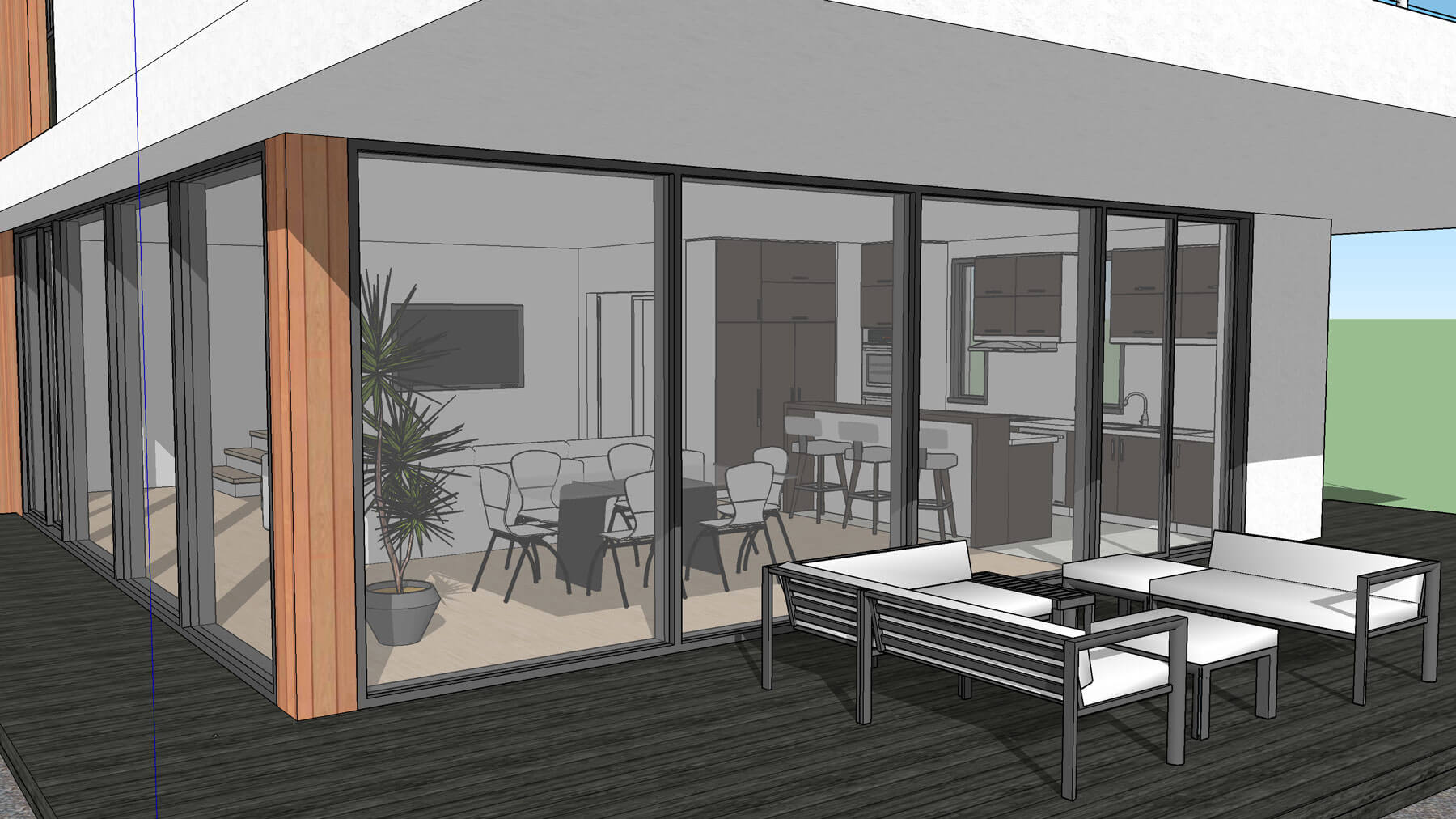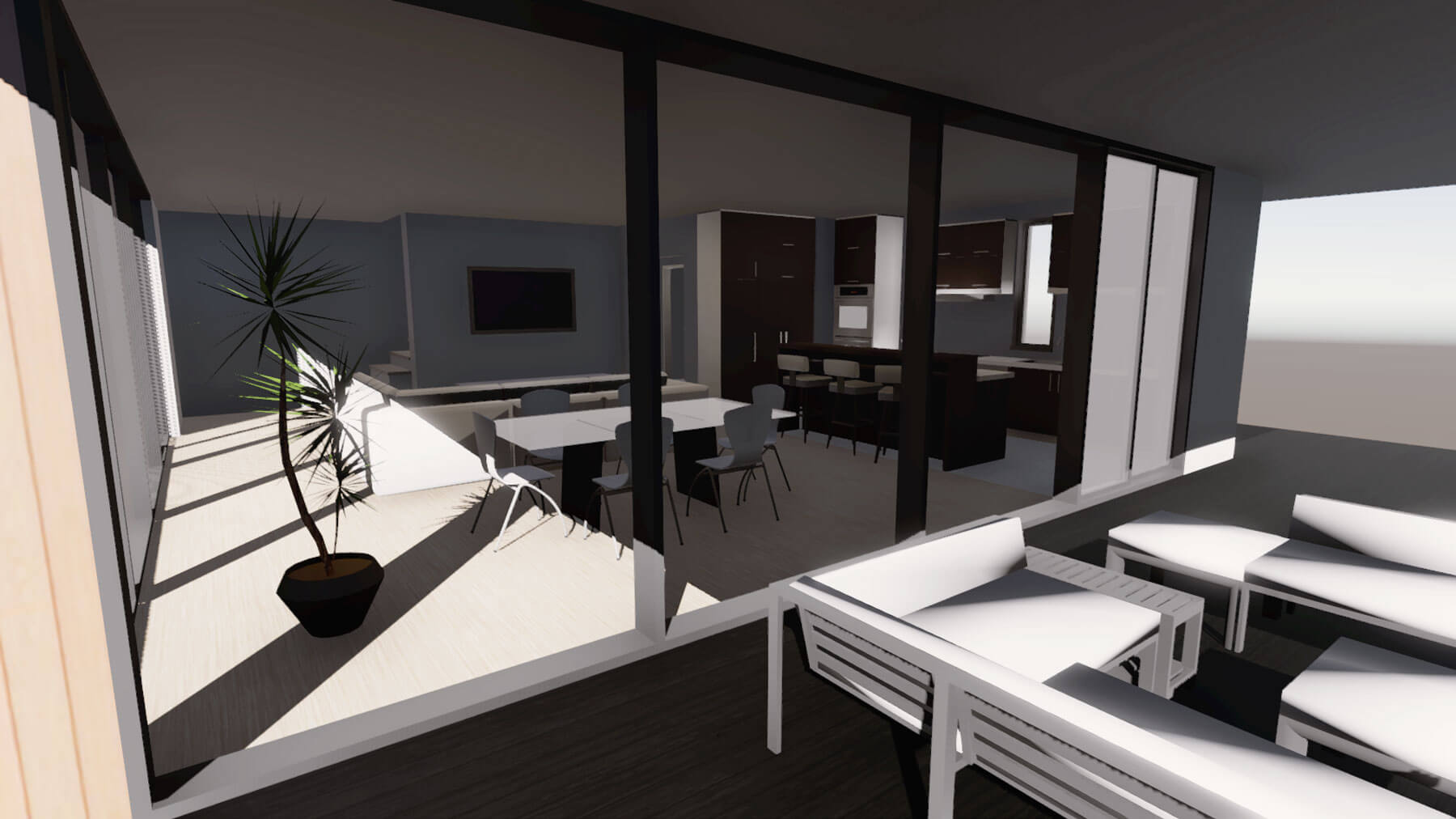16 Mar Virtual Reality and Architecture
As with any emerging technology, successful early adopters are able to answer the question, “What can this technology do that was previously not possible?”. Virtual Reality is no exception, and successful initiatives deliver on this question.
What is VR Best At?
One of VR’s greatest strengths is its ability to communicate depth and scale. Have you ever visited the Grand Canyon or Niagara Falls? Videos and photos never do these spaces justice as they fail to communicate the sheer size and depth of these wonders. By the same principle, the best photos, architectural renderings, and videos cannot fully capture the experience of physically being present in a space.
Our Experience
As we built our environment for the Virtual Park we witnessed this effect first-hand. No matter how we manipulated the 3D models on our 2D screen, it was always more effective to view objects through the Vive headset. We often found ourselves, headset on forehead, toggling back and forth to make sure the width of a bush or height of a tree made sense spatially.
Opportunity Building on Existing Technology
In real estate development, architectural renderings have become a norm. Software like AutoDesk’s Revit and 3DS Max have made transforming AutoCAD drawings into simulated (sometimes even photorealistic) images easier than ever before. The opportunity then lies in finding a way to transform those existing Revit or 3DS Max files into AR or VR experiences.
How We Can Help
At SeeSaw Labs, we have experience developing AR and VR experiences for Mobile and High End devices using both Unity and the Unreal Engine. We also have experience working with the AutoDesk suite of tools (one of our partners was previously a Civil Engineer!).
There is no one-size-fits-all solution to creating impactful, value driven experiences, so our approach is one of collaboration and long term partnership. Our aim is to set up a workflow that can easily take your existing materials and transform them
Asking the Right Questions
When deciding what type of AR or VR project might be right for you, it’s helpful to know the right questions to ask to ensure that you’re getting the biggest impact for time spent. Here are a few to get you started:
Which devices will you be targeting?
Will this experience target Mobile devices (client download, for example) or will you be demonstrating with a high end device (HTC Vive, or Oculus Rift)? Your project goals will help answer this question. Keep in mind that interactivity and quality may be limited by the target device.
What level of quality is right for the project goal?
Are you looking for photorealism or are simple textures and lighting enough to communicate what is needed (see screenshot for example of the latter)? We can help you find the right quality level for your budget and needs.
How much interactivity is expected?
Simple teleport style navigation is often all that is desired (and can be achieved on mobile with the Google Daydream!); however, we are able to create more complex interactions like picking objects and map style teleportation (for large spaces). Let’s get creative!
Will this solution be aiding your design process internally?
For clients that find the VR experience particularly useful as part of the design process, we can help you set up an in-office device to include as part of your workflow.
Left: Design file from Google Sketchup Right: Virtual Reality representation with basic texturing and lighting (no internal lighting)






Sorry, the comment form is closed at this time.